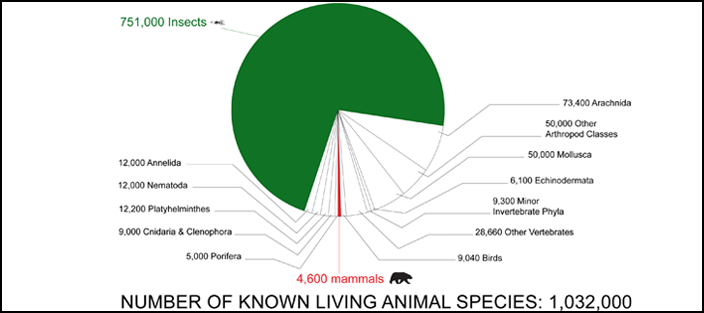
|
Insects are the most diverse group of animals on earth, comprising at least half of all currently described species (approximately 1 million species) and likely around 90% of those we do not yet know about (estimates range up to 30 million insect species). Occupying almost every niche on the planet with abundant population sizes and often exhibiting complex symbiotic relationships, insects can be considered incredibly successful by any defi nition. The earliest fossil insects date back to around 400 million years ago, and since that time they have evolved unique ways to fi ll the most diverse habitats on earth. In contrast, modern humans, evolved only about 250,000 years ago – a blink of an eye ago compared with insects. Though insects surround us and play a vital role in the functioning
of many ecosystems, humans tend to dismiss the importance of that
which they cannot easily see. Insects are not understood as an important
component of urban and, particularly, of agricultural eco-systems
except when they are considered as pests (e.g. fi re ants, cockroaches) or
harmful (e.g. mosquitoes as disease vectors) in some way. If we consider
urban living today we can fast come to conclusions that the parameters to
determine success is measured only within human perceived comfort
and discarded if otherwise. Insects are the foundation of most ecosystems, and if our goal is to rethink cities in a more holistic manner, we have to think about where all forms of life have a place and participate in the making of this complex system. We surely have to think about insects and the reasons why they are successful, not just in terms of numbers but also in terms of biological function. In redesigning our cities we should consider biodiversity and ecosystem function as one fundamental elements. This necessitates reintroducing insects in the roles of pollination, aeration of land and providing food for other animals., These are the basic processes needed for life. In this model of a city insects will be valued and play the vital biological functions they deserved to be recognized for. |
